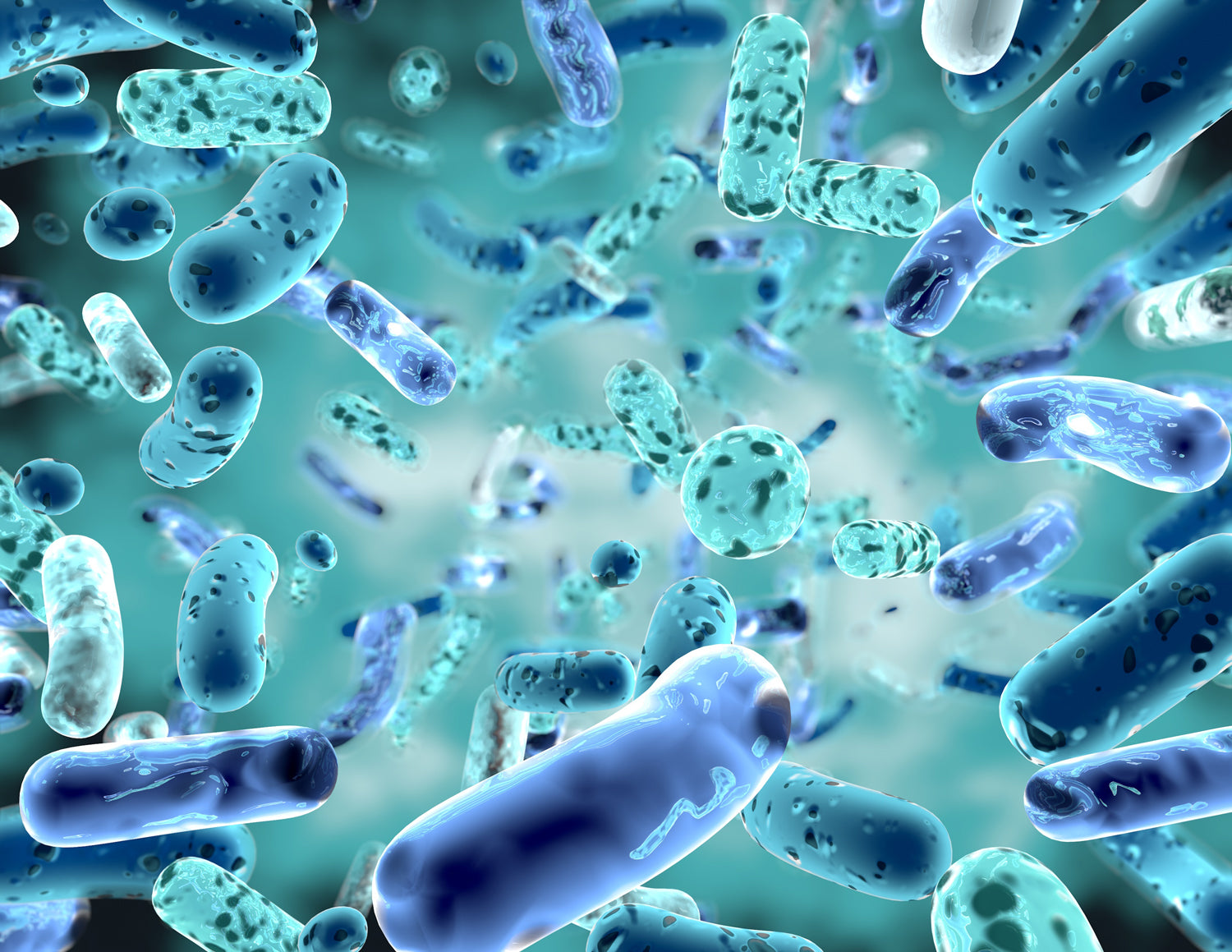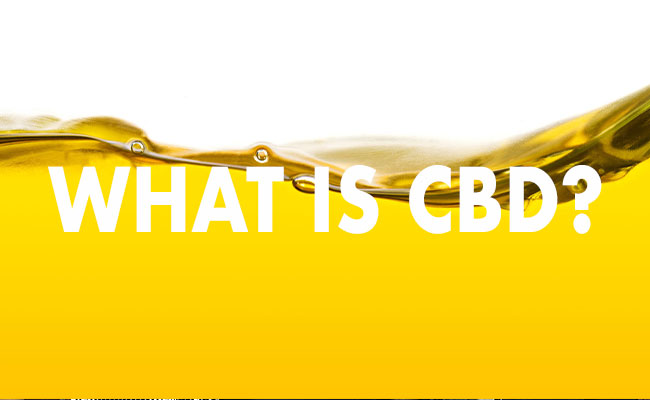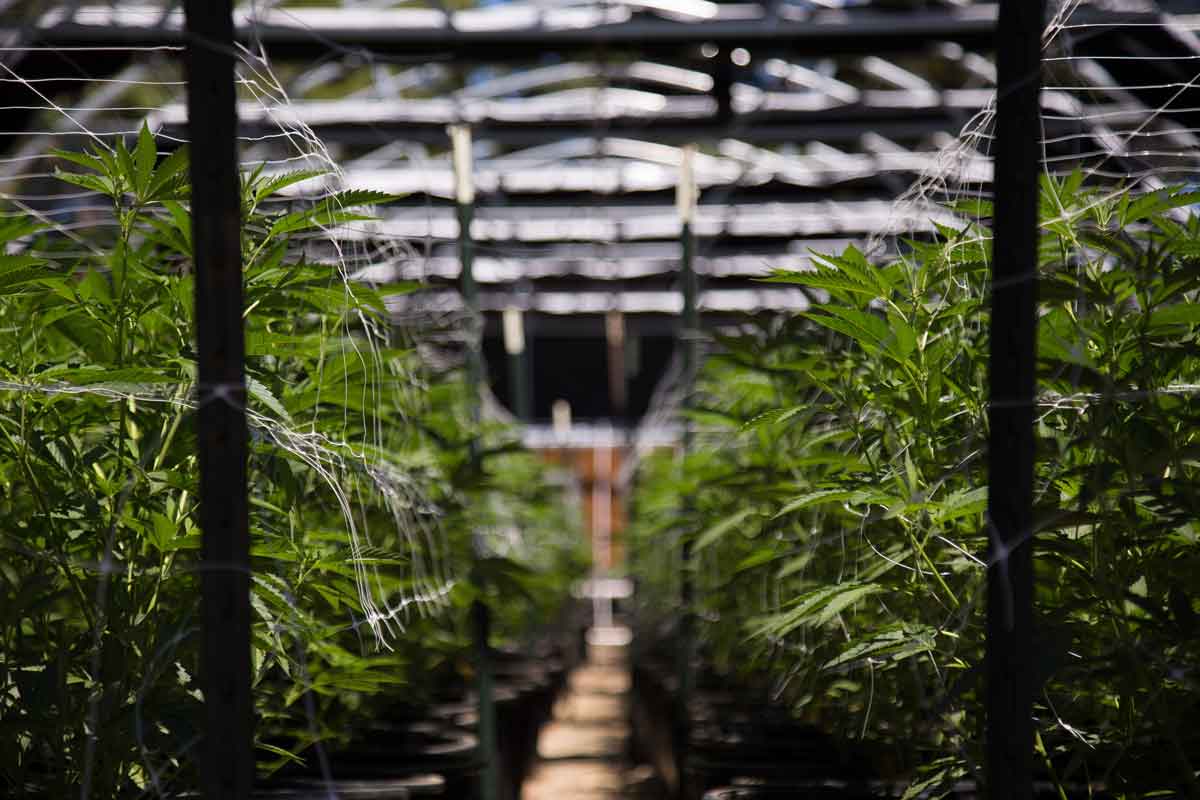
Prebiotics and Probiotics | What Are They, And Should I be Taking Them?
REPOSTED FROM GOODRX
WRITTEN BY DR. SWATHI
It seems like everyone is talking about gut health these days, and it’s for a good reason. In a recent survey of 71,812 American adults, 61% said they experienced at least one gastrointestinal, or gut, issue in the past week. Research supports that many of these issues are rooted in what is called gut dysbiosis, or an imbalance of the “good” bacteria in your gut.
Here we’ll cover how you might be able to optimize your gut bacteria by supplementing with probiotics and prebiotics. We’ll cover what they are, how they differ, and why they matter.
What is the gut microbiome?
There are friendly bacteria that live everywhere throughout your entire body — in your nose, lungs, skin, and gastrointestinal (GI) tract. Your GI tract has over 1,000 types of bacteria that make up what is called our gut microbiome. It is a whole ecosystem of small organisms that helps you with digestion, makes energy and nutrients for your cells, strengthens your immune system, and fights off possible infections.
The gut microbiome has been overlooked in its importance in our overall health and well-being until recent years. Recent clinical studies have linked the functionality (or lack thereof) of gut health to a number of conditions such as immunity, obesity, mental health, diabetes, autoimmune diseases, cancer, and brain health (cognition, learning, and memory).
Over the course of our lives, factors such as diet, age, stress, antibiotic use, and infections can impact the diversity of our gut microbiome.
What are probiotics and prebiotics, and what is their role in gut health?
Probiotics are live strains of good bacteria that may have numerous health benefits. Prebiotics are substances from carbs (mostly fiber) that feed the good bacteria in your gut.
How do they work together in the gut?
When there is enough prebiotics in the gut, it helps the number of probiotics to multiply and maintain a healthy balance to protect against potentially harmful bacteria. Getting probiotics and prebiotics through your diet and through supplementation can help add the extra forces to support the internal soldiers at battle every day to ensure your system is functioning at its best.
What are some examples of prebiotics?
Many of the most common prebiotics are found or derived from foods we eat. Fiber is the unsung hero of a healthy diet and digestive system, and many prebiotics are types of fiber.
Foods that are high in prebiotics include:
- Legumes: Beans, peas, chickpeas
- Cereals and whole grains: Oats, bran, barley, rye
- Fruits: Bananas, berries, grapefruit, olives (+ extra-virgin olive oil)
- Vegetables: Garlic, leeks, onions
- Nuts and seeds: Flaxseeds, pistachios, almonds
When you are looking at the labels of supplements that contain prebiotics, they may not list the foods they come from but rather their scientific names such as:
Fiber prebiotics:
- Inulin
- Oligosaccharides: Fructo-oligosaccharides (FOS), galacto-oligosaccharides (GOS), xylo-oligosaccharide (XOS), and isomalto-oligosaccharides (IMO)
- Polydextrose
- Butyrate
Non-fiber prebiotics:
- Lactulose
- Polyphenolics
- Polyunsaturated fatty acids
Some of the most popular foods with probiotics are fermented foods. This means that they have live cultures, or live beneficial bacteria strains, that either naturally occur or are added during production.
Some examples include:
- Dairy: Yogurt, kefir, certain cheeses (gouda, Swiss, parmesan, cheddar)
- Non-dairy (check the packaging for added bacteria before purchasing): Yogurt, kefir
- Vegetables: Sauerkraut, kimchi, other pickled vegetables
- Soy products: Tempeh, miso, natto
- Beverages: Fermented drinks such as kombucha
Some of these foods are thought to be synbiotic, meaning that they contain both prebiotic and probiotic bacteria. These include certain dairy and non-dairy yogurts and kefir, as well as certain pickled vegetables.
When you are looking at the labels of supplements that contain probiotics, they may not list the foods they come from but rather the scientific names of the strains. Some of the most common examples include:
Bifidobacteria (often abbreviated with B.):
- B. animalis
- B. breve
- B. lactis
- B. longum
Lactobacillus (often abbreviated with L.):
- L. acidophilus
- L. reuteri
They will often look like one letter followed by a second word. For example, you might see “B. acidophilus” listed on a probiotic label. Keep in mind that different probiotic strains may have different health benefits, and we still don’t know exactly which ones are best for which conditions.
Should I take prebiotic and probiotic supplements?
Everyone’s gut microbiome is a personalized collection of bacteria. This changes over time from our birth to what we are exposed to in our environment.
Even if we eat a variety of nutrient-rich foods, sometimes adding an extra boost of probiotics and prebiotics could be key to help our gut function.
If you are on antibiotics, immunocompromised, have inflammatory bowel disease, or any other serious medical condition, ask your healthcare provider for their guidance before taking a pre or probiotic supplement.
If you are curious if supplements may be helpful for a specific condition, this list from the National Institute of Health (NIH) provides a nice summary of what we know.
What to know when shopping for supplements
It’s important to note that the FDA does not regulate supplements with the same standards as prescription medications. It’s best to look for supplements that have been certified by a third party such as Consumer Lab, U.S. Pharmacopeia, or NSF International, and discuss possible options with your healthcare provider.
That being said, there are some things you should keep in mind when buying a supplement, including:
- Probiotics must be consumed live. And it’s possible for them to die during their shelf life. Look for products labeled with the number of bacteria at the end of the product’s shelf life, not when the product was made.
- A higher bacteria count isn’t necessarily better, depending on your specific needs and conditions.
- Multi-strain (having more than one strain of bacteria) probiotics aren’t necessarily better either.
- Look for lactobacillus, Bifidobacterium or Saccharomyces boulardii, as they are the most well-researched strains and have shown to be beneficial for some conditions. Though this doesn’t mean other strains can’t also be helpful.
- Check labels for their expiration date and follow the recommended storage instructions.
Just because a supplement is expensive doesn’t mean it will work better. Rather than trusting that a high price tag means quality, follow the tips above to help choose the right product for you.
Are there side effects associated with taking prebiotics and probiotics?
Even though we all need to support our gut, we do not want to push it too far. Certain supplements could lead to unwanted side effects. Everyone is different, so a supplement that may work for you may not have the same effect on your family member or friend.
Some possible side effects include:
- Digestive issues: Gas, bloating, indigestion, nausea
- Headaches (from amines in probiotic foods)
- Allergic or sensitivity reactions (especially to added ingredients in supplements)
It’s worth noting, according to the NIH, probiotics may be riskier in people who are immunocompromised or who have severe illnesses.
What else can I do to support my gut?
You don’t need to spend a lot of money on supplements to support your gut health. Eating a plant-focused, nutrient-dense, colorful diet accompanied by foods naturally rich in pre and probiotics can have a powerful impact on your gut microbiome. Here are some more gut-healthy tips:
- Eat lots of fiber: It helps feed healthy gut bacteria.
- Include chocolate, red wine, coffee, and tea in your diet: They contain a compound that may help by feeding healthy bacteria.
- Exercise often: Exercising increases the diversity of your gut microbiome.
The bottom line
Diverse and plentiful gut bacteria are key for gut health. Adding a variety of prebiotic and probiotic foods to your diet can help keep your gut in balance and at its ideal functioning. Keep in mind that although there is some research to support the use of pre and probiotics, there is still a lot we don’t know about when and how they can be most helpful.











